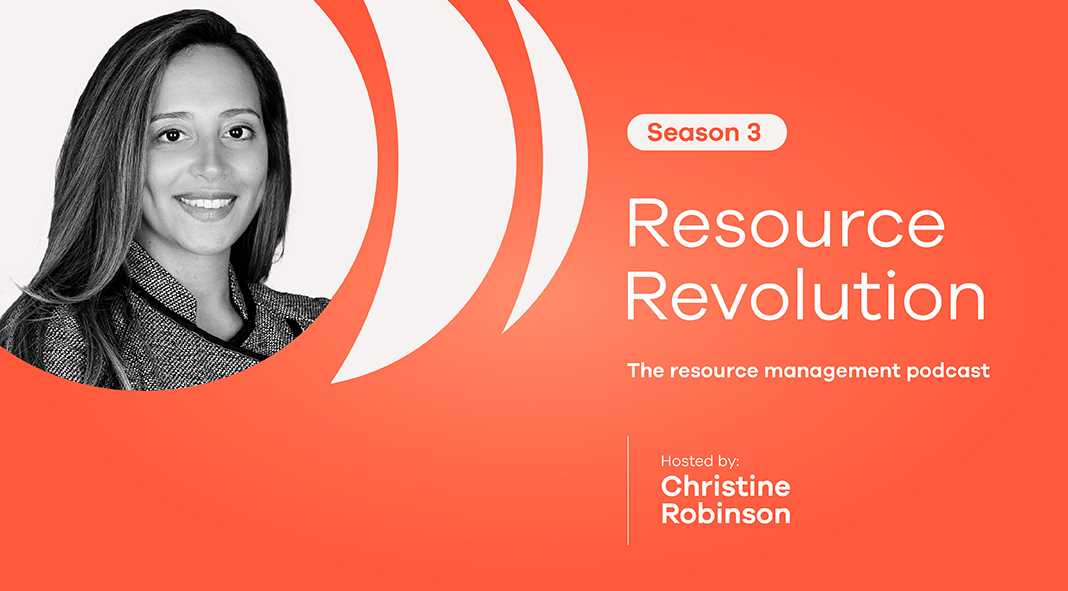Request a Dayshape demo
Get in touch and learn first-hand how Dayshape can help boost profitability, improve client service, and keep your teams happy.
Platform
Strategic resource management
Optimize margins. Grow revenue.
Plan reliably. Act confidently.
Inspire teams. Delight clients.
Enterprise scalability
Use Cases
How Dayshape helps firms
10 ways for resource managers to elevate their impact

Elevate your role, expand your influence, and drive impact across your firm.
Listen nowCustomer Success
Value at every stage
Company
More about Dayshape
Resources
Learn more
Resources
Featured resources
Resource Management Maturity

The complete blueprint to transform your resource management.
Learn moreWhat will set tomorrow's standout firms apart?
In a previous blog, we explored the headline shifts making waves in the professional services industry. Now, we're stepping into the boardroom to dive deeper into how the increase in private equity, the war on capacity, and advancements in AI are influencing what today's leaders are prioritizing to steer their firms forward.
Using C-suite and Partner insights, we've surfaced the key priorities every firm should be focusing on right now to build a professional services firm of the future.
The firms setting the pace for the future are no longer just reacting to what's in front of them. They're looking ahead—years ahead—and making strategic moves and investments today that will define their trajectory tomorrow. The ‘If it’s not broken, why fix it?’ mindset can be a tough one to shift, but future-focused firms are doing exactly that.
Private equity influence is helping to accelerate this change. As Charlie Ross, Partner at Cow Corner Investments, explains, one of the biggest advantages it brings is the ability to think and invest with a longer-term horizon.
"Firms should be thinking in three-, five-, fifteen-year horizons—asking where the industry is heading, and working backwards to figure out where we need to invest to grow faster than everybody else, to be sustainable, and to take advantage of some of the long-term trends.
The main advantage of this mindset is that I can make a bet this year that won't pay back for three years. I can invest in a technology solution stack that might be really annoying to implement now, but next year it'll make everybody happier—and in year two or three, it might make everybody richer. That long-term approach to ROI is probably the main advantage."
This shift—from asking, 'How do we deliver today?' to 'How do we build a better business?' is vital. It brings us back to a fundamental question: 'Are we stuck working in the business or are we stepping back to work on it?'
And this requires breaking away from comfort zones, challenging embedded habits, and rethinking how the business operates. As Tom Quinn, CFO at Bennett Thrasher, shares:
"When I first suggested making a change, there was pushback—people said, 'We don't have the need or the time to implement new processes.' But I broke it down and said, 'This is an opportunity we don't want to miss. If we don't take time now to rethink how we're working, we'll keep facing the same challenges that are holding us back.'"
In professional services, every growth plan, client promise, and strategic priority ultimately hinges on: having the right people, with the right skills, on the right work, at the right time.
Yet for many firms, despite the so-called war on capacity raging on, how they deploy their people aka resource management remains undervalued—treated as a logistical function rather than a strategic lever. It's too often disconnected from the decisions it directly affects: profitability, client outcomes, team health and strength, and growth capacity. The ripple effect runs through every part of the business.
Wayne Kaplan, former Grant Thornton Partner, explains:
"There's been a wild temptation among leadership to oversimplify resource management: we have a problem, so let's tweak utilization, let's tweak leverage—that'll solve all ills. But that's way, way, way too simplistic an approach to the resource management conundrum and the strategic imperative of getting it right.
The question shouldn't just be how do we drive profitability for the next season. It should be how do we build a long-term, sustainable, profitable, growth-oriented practice?"
However, a shift in this mindset is already underway. The leading firms are taking a different view. They're not treating resource management as an admin function—they're recognizing it as a core business system that directly impacts performance, profitability, and client delivery.
Paul MacIntosh, Partner and Practice Leader at EY, reflects:
"Resource management is much more than a staffing tool; it's a valuable asset. As I've gained a deeper understanding of its potential, our approach at EY has expanded. We've now integrated resource management into our strategy sessions, ensuring that staffing decisions align with the organization's broader strategic objectives."
Across the board, leaders are rethinking how their firms adopt and apply technology. While AI is understandably top of mind, for many firms the immediate priority is getting the foundations right—ensuring core systems, data, and processes are in place to support scale and respond to changing demands.
Whether AI-powered or not, it's about ensuring every technology investment moves the firm forward.
Matt Cockett, CEO of Dayshape, shares:
"For firm leaders focused on growth, the question becomes: 'Are we using all the tools at our disposal to achieve that growth? And are we investing in the right tools to solve the right problems—and support the firm we want to become?'"
And as Sam Cornish, Financial Services Partner at BDO, explains, one function that can benefit hugely from technology investment is resource management.
"I think technology plays a significant role—about a third—in enabling an effective resource management process. I say this from personal experience: using resource management software that was clunky, hard to access, or limited by licenses made it difficult to reflect the actual state of play on the system. The technology you choose needs to be intuitive, easily accessible, and capable of real-time updates. It should empower users to identify and solve problems independently, without always relying on a central resource management team. While technology isn't everything, the easier it is to use—especially for infrequent users—the more effective it becomes. It's important to remember that not everyone uses the tool daily; for those who engage with it weekly or less frequently, the experience should be as seamless as it is for power users."
Other leaders, such as Jennifer Huntington, COO at Kroll, even go a step further to say:
"Effective resource management is not possible without the support of technology. When building your business case and taking it to the C-suite you must emphasize the importance of investing in the right technology to maximize the business value of resource management."
The professional services firms of the future are being shaped right now. These firms are aligning long-term strategy with the decisions that drive it day to day—from how they invest in technology and measure its impact, to how they plan, deploy, and empower their people. They're not just adopting new tools—they're challenging legacy mindsets and building the operational foundations to grow with confidence.
The firms of the future will be the ones who continue to ask:
'Are we looking far enough ahead—and stepping far enough back—to understand how we're really operating today, and whether it's setting us up for the future firm we want to build?'
Back to all postsJoin our live session with Christine Robinson, RMCP and Richard Cassidy to learn the top three things all great (current or aspiring) resource management leaders do!
Explore our latest insights and strategies for success.

8 min read

15 min read

2 min read
Discover how AI can transform your resource management and enhance your project delivery.

Get in touch and learn first-hand how Dayshape can help boost profitability, improve client service, and keep your teams happy.
